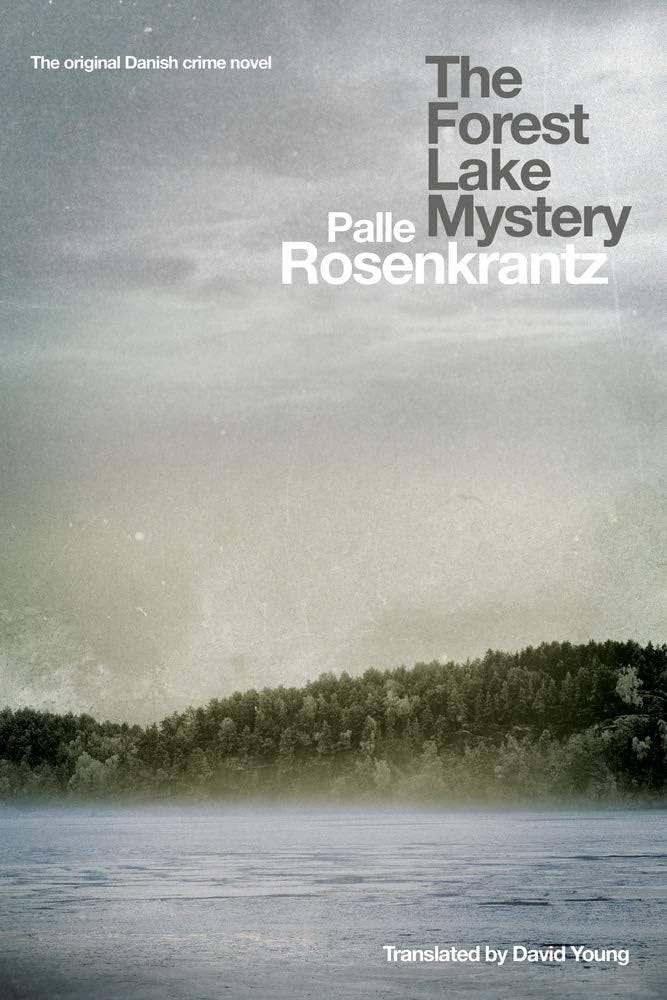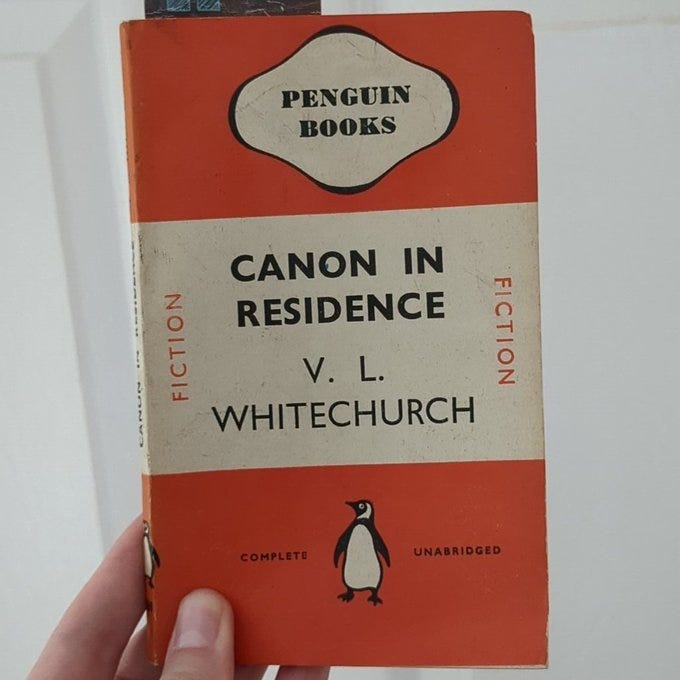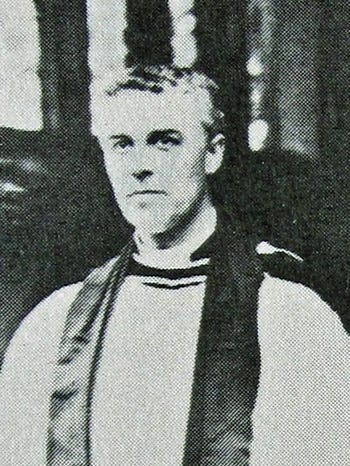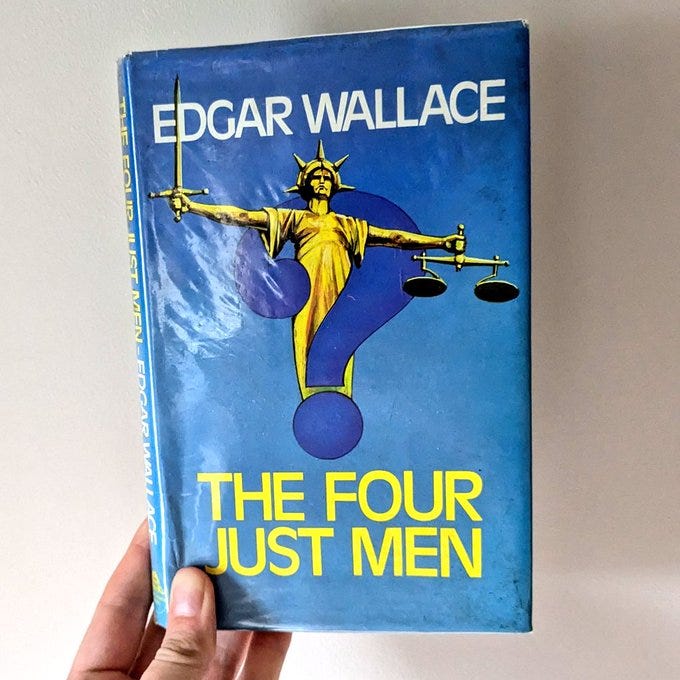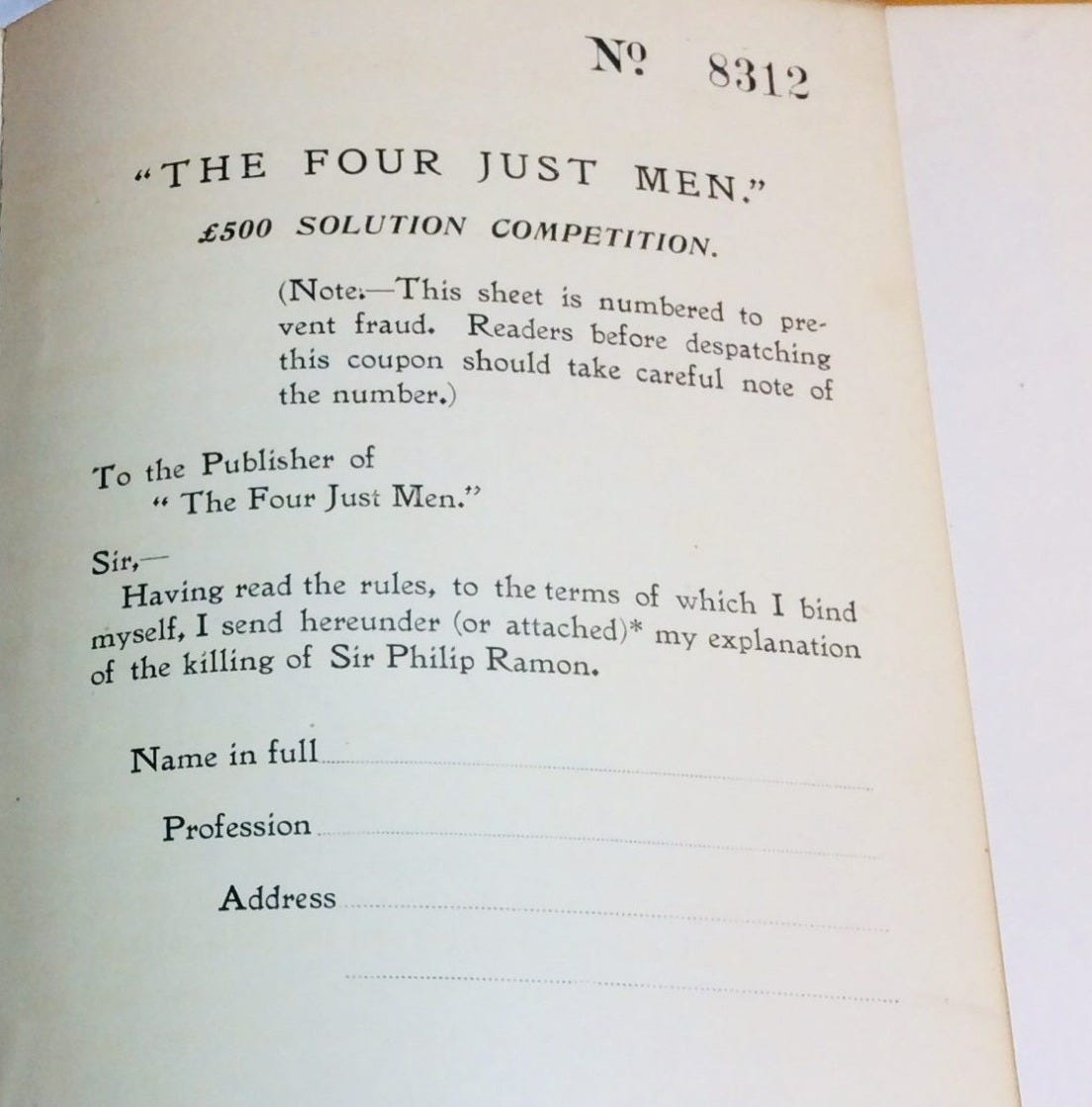I’m continuing my plan of reading one crime novel for each year of the 20th century, in order. (You can read my first three selections here.) The 1903–05 batch includes a Danish mystery, a classic thriller, and a clergyman’s holiday.
1903: The Forest Lake Mystery (Palle Rosenkrantz)
This was my first experience of a Danish detective novel — and it also happens to be the first ever Danish detective novel. Hvad Skovsøen Gemte begins with Detective Holst going on holiday, which is always a dangerous thing for a detective to do. The inevitable discovery of a dead body leads Holst to travel across multiple countries to discover the truth of who the victim is and why they've been murdered. Along the way, a lot of characters are withholding a lot of facts, making it an interesting investigation to follow.
Some of the details of the story are based on a real case that Palle Rosenkrantz was involved with, when he worked as a magistrate. His magisterial career, though, was short-lived, coming to an abrupt end after he was charged with fraud and became bankrupt. It was his subsequent need of money that encouraged him to start writing. Fortunately, he was more successful as a writer, and now has an annual crime-writing award named after him.
I enjoyed reading this partly for its historical value, as a pioneering piece of Danish crime-writing. The biggest weakness of the story is the detective, who I really disliked — especially for his lack of interest in either competence or justice. His unsympathetic attitudes towards the female victim, shared by other male characters, are not great either.
I imagine a lot of better Danish detective fiction has been written since. Recommendations welcome.
Verdict: ⭐⭐⭐ (3/5)
1904: Canon in Residence (Victor L. Whitechurch)
This turned out to be a delightful read, despite it wearing an orange Penguin jacket rather than a green one. The plot does involve a crime, though it’s really a comedy of manners involving mistaken identity and cathedral gossip. The Reverend John Smith is promoted to be the titular Canon in Residence, of Frattenbury Cathedral, but a recent holiday incident means his arrival is not as smooth as he might have wished.
There’s an authenticity about the characterisations, stemming from the fact that Victor Lorenzo Whitechurch was himself a clergyman. In the year this novel was published, he was serving as vicar of St. Michael's, Blewbury, where his name is inscribed on two of the bells in the west tower. He later became a canon himself, at Christ Church Cathedral. More importantly, he went on to write more crime fiction, in both novel and short story form.
Overall, this was a surprisingly entertaining book with a quaintly happy ending. Whitechurch builds up the Canon’s predicament with good humour, and wonderful character interactions. My copy also has an advert at the back for “Chilprufe for Children”. Despite severe wool rationing, Chilprufe underwear is still made of the finest pure wool only — nothing added.
Verdict: ⭐⭐⭐⭐ (4/5)
1905: Four Just Men (Edgar Wallace)
The Four Just Men is a classic thriller, which appeared on the Crime Writers’ Association list of Top 100 Crime Novels in 1990. It follows a team of vigilantes who conspire to commit an “impossible” crime. In this case, their target is the Foreign Secretary, Sir Philip Ramon, who is promoting a new extradition bill. Sir Philip is not keen on following their orders, even when his life is threatened.
The most interesting thing about this book is the publicity stunt that accompanied its initial publication. Edgar Wallace decided to run a privately-funded “guess the murder method” competition, with cash prizes. Wallace’s wallet couldn’t cope with the number of correct guesses, and eventually he had to declare bankruptcy. Undeterred, he went on to write five sequels, as well as a large number of other crime novels.
The solution is, to be fair, easily guessable. I also struggled with the moral ambiguity of the protagonists, which made the book somewhat difficult to digest. But there are still enjoyable elements, and I would like to read more Edgar Wallace in future. Or maybe I’ll just watch the original King Kong, whose screenplay Wallace was working on when he died in 1932.
Verdict: ⭐⭐⭐ (3/5)
Join me next time as I explore the years 1906 (Tracks in the Snow by Godfrey Benson), 1907 (Israel Rank by Ray Horniman) and 1908 (The Circular Staircase by Mary Roberts Rinehart). I’d love to hear about any pre-WW1 crime fiction you’ve been reading too!





